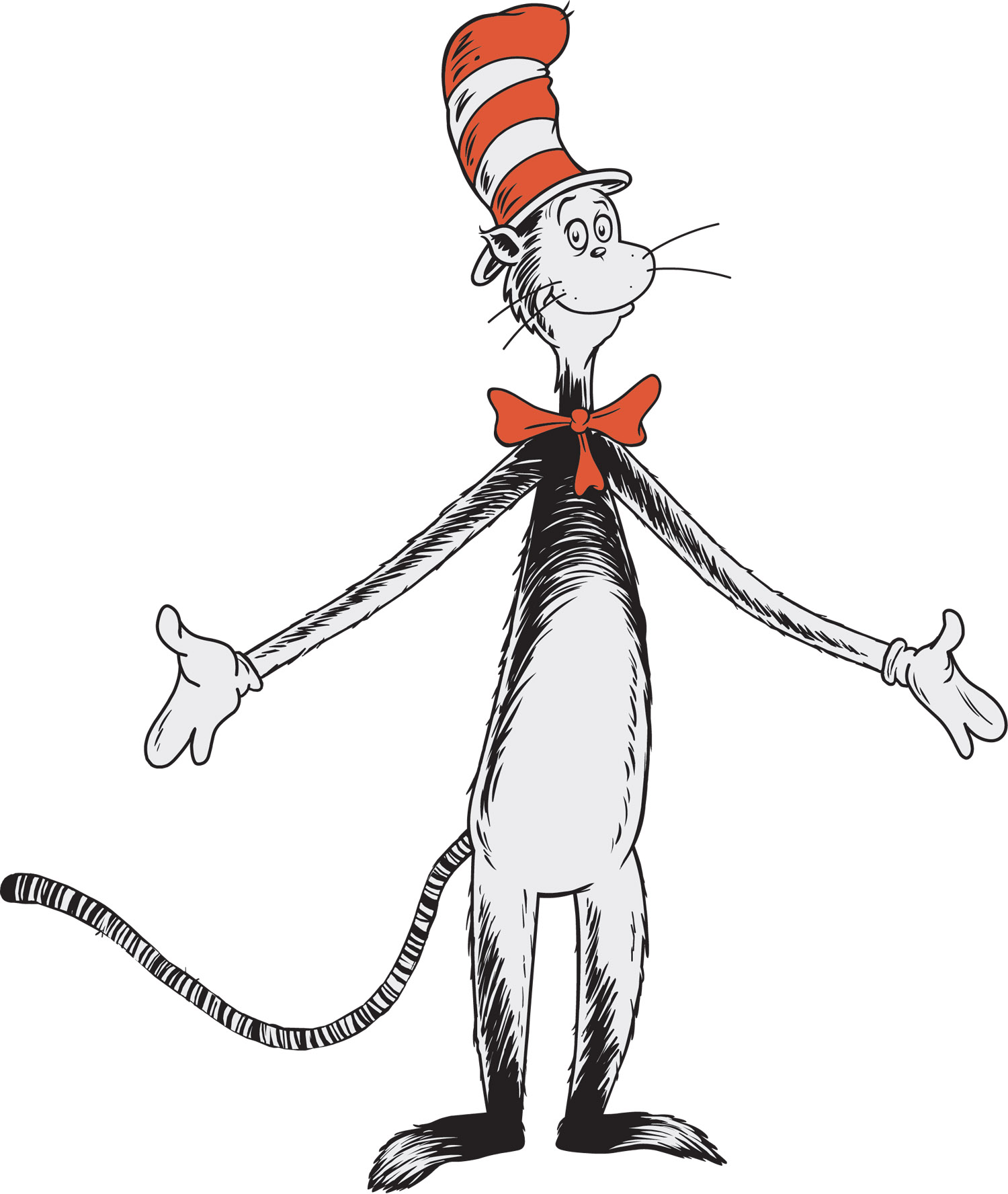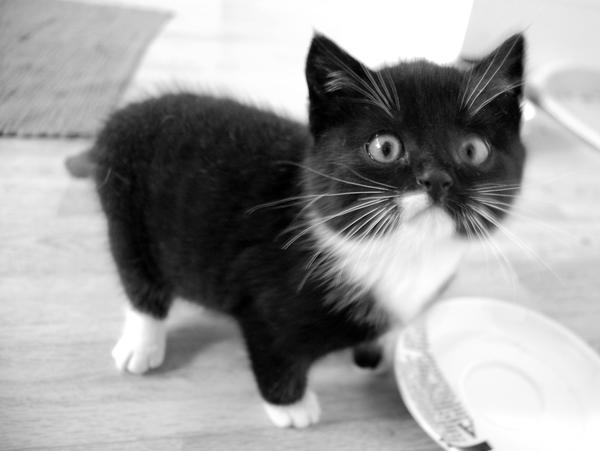
Let us first examine the cover of this time-honored classic for any clues, literary as well as visual. One quick glance raises many questions.

First, notice that the author's name is Dr. Seuss. Most erudite people will recognize him as Theodore Geisel. He is neither a PhD, nor a doctor of medicine. In fact, he failed to complete his doctoral program at Oxford. Here is the first question to ask children as you undertake a close reading: What motivation could Mr. Geisel possibly possess to lie about the true nature of his identity? Let the children speculate. Perhaps, he hopes his pen name will make him more credible with his younger audience or their parents. Perhaps, he hopes to be viewed as the authoritative source on such matters as cats and hats. At this point, you may want to alert your children to the dangers of false advertising.
Next, Mr. Geisel clearly states that the Cat is in the hat. Ask your children: Why do you think he chose the preposition "in"? Again, it is entirely misleading. The Cat is not in the hat. Rather, the hat is on the cat's head. You don't need to be a rocket scientist to figure out the book might better be called The Hat on the Cat or The Cat with the Hat On. Now, spend a little time with your children to distinguish parts of speech. Again, we have caught "Dr." Seuss persisting in attempts to pull the wool over his young reader's eyes.
Lastly, let us consider the cat, itself. Compare the two pictures.


The depiction by Mr. Seuss is a sad and sorry commentary on his ability to accurately portray the feline species. Any child would readily recognize that the erect nature of the beast defies known science. Anatomically, the creature is also found to be lacking. Notice his front paws and the more human-like features of his face. Have you ever seen such a cat, either in a house or back alley? If you have, you have probably had a few too many drinks. Ask your child this: Why might Mr. Seuss persist in parading gross inaccuracies to children (like yourself) who are college-and-career bound?
By this time, you and your children will possibly have lost all interest in this excuse for a book. So don't even bother to open it. Does it even matter if you ever learn whether it was the cat bringing chaos and confusion into the lives of young children or the Common Core? Could the Cat symbolize the Core in some strange way? Alas, we will never get far enough to ask ourselves this question...
 |
| "Tell that Cat in the Hat you do NOT want to take his test!" |
No comments:
Post a Comment